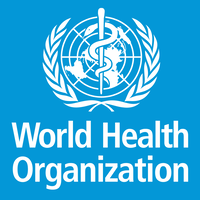WHO Changes SARS-CoV-2 Virus Test Criteria to Reduce False Positives
By LabMedica International staff writers
Posted on 25 Jan 2021
In its updated guidance, the World Health Organization (WHO; Geneva, Switzerland) has cautioned experts not to rely solely on the results of a PCR test to detect the SARS-CoV-2 virus and consider the results in combination with other factors such as timing of sampling, specimen type, and assay specifics, among others.Posted on 25 Jan 2021
The WHO has updated its guidance on nucleic acid testing (NAT) technologies that use polymerase chain reaction (PCR) for the detection of SARS-CoV-2. It has requested users to follow the instructions for use (IFU) when interpreting results for specimens tested using PCR methodology. The WHO has advised users of IVDs to read and follow the IFU carefully to determine if manual adjustment of the PCR positivity threshold is recommended by the manufacturer.

Illustration
According to the WHO’s guidance on diagnostic testing for SARS-CoV-2, careful interpretation of weak positive results is needed as the cycle threshold (Ct) needed to detect the virus is inversely proportional to the patient’s viral load. Where test results do not correspond with the clinical presentation, it recommends that a new specimen should be taken and retested using the same or different NAT technology.
The WHO has reminded IVD users that disease prevalence alters the predictive value of test results; as disease prevalence decreases, the risk of false positive increases. This means that the probability that a person who has a positive result (SARS-CoV-2 detected) is truly infected with SARS-CoV-2 decreases as prevalence decreases, irrespective of the claimed specificity. Since most PCR assays are indicated as an aid for diagnosis, the WHO has advised health care providers to consider any results in combination with the timing of sampling, specimen type, assay specifics, clinical observations, patient history, confirmed status of any contacts, and epidemiological information.
Related Links:
World Health Organization (WHO)














